Review: Swan Hellenic expedition cruise to Antarctica and the Weddell Sea (part 2)
What can I expect from an expedition cruise to Antarctica? Is it really that cold and will I see any animals? All these questions became a regular occurrence in my dm’s and inbox during my time on the Swan Hellenic Vega in Antarctica and while it’s probably the most difficult destination to explain due to it’s sheer magnitude and extremes, I’ll try to give you a glimpse into life onboard an expedition ship and what the 7th continent has in store for you.
If you haven’t read part 1 of this review yet I strongly suggest to do that first in order to have some background information about why I picked Swan Hellenic for this trip. The choice of cruise line very much dictates how your journey will look like and while there is no right or wrong some are just more suitable for you than others and it’s important to know what you can expect.
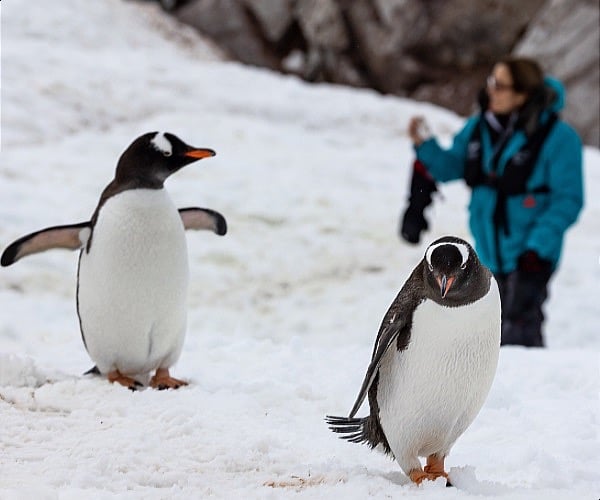
For me it was all about spending as much time as possible on land and with a maximum capacity of only 152 guests the SH Vega was a clear favourite, especially because I didn’t have to lessen my expectations when it comes to luxury and service onboard even though it’s a smaller ship. And because it is jam-packed with the newest technology it also allows for a smooth sailing whenever and wherever possible which is always a bonus of course, especially for those who get seasick easily.
Drake Passage
Expedition cruises to Antarctica mostly leave out of Ushuaia in Argentina or Punta Arenas in Chile. Irrelevant which port your cruise is leaving from, they’ll have to cross the infamous Drake Passage which is widely considered the most dangerous body of water in the world. It’s where the Atlantic, Pacific and Southern oceans come together often resulting in some very stormy weather. When this happens during your crossing they call it the Drake Shake, however the opposite also occurs on a regular basis which subsequently gets called a Drake Lake.
For those suffering from seasickness this might be the hardest part of the journey but these days there is some really good medication out there and even alternative methods like the sea-bands or motion sickness patches. Making sure your tummy is full also helps wonders even though many might not feel like eating a lot when the boat is moving too much for comfort.
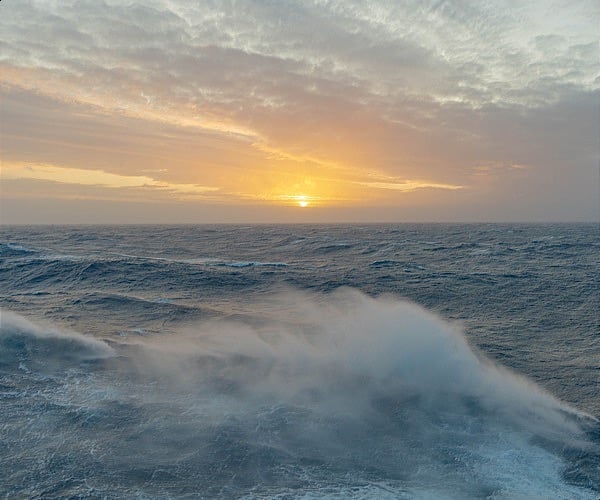
It usually takes around 2 days to cross the Drake and during this time you won’t be bored a single bit. First of all there are the lectures to familiarise yourself with the IAATO (International Association of Antarctica Tour Operators) rules and regulations which you’ll need to follow once you reach Antarctica. Secondly there’s also the preparation for the zodiac cruises, kayaking, cleaning of all the material you’ll take on lands cause they want to avoid any foreign particles to touch Antarctic soil. There’s also plenty of wildlife to see during the crossing like whales, birds, etc. All in all it’s a great way to build the anticipation even more!
But what if you really don’t feel like crossing the Drake Passage for 2 days? Well, there are some companies that offer fly-in cruises where you fly to an untarred airstrip on the Antarctic Peninsula from where you walk to the zodiac which brings you directly to your expedition ship. It’s a personal choice but for me I feel like the Drake Passage is part of the overall Antarctica experience and on top of that it gives you more time to prepare, make new friends, get to know your expedition team and in this case enjoy the luxury of the SH Vega.
Antarctic Peninsula, Weddell Sea, South Shetland Islands
You’ll never forget your first glimpse of Antarctica, no matter how much you travelled or how amazing your life has been, those initial moments when this mysterious continent arises out of nowhere will forever be engraved in your memory, right next to that first kiss or the birth of your first child. It’s a life changing experience that sucks you in and sharpens all your senses.
On this trip we visited 3 distinct area’s in Antarctica, being the Antarctic Peninsula, the Weddell Sea and the South Shetland Islands. They all have their own specific landscapes and identities which I’ll try to highlight shortly.
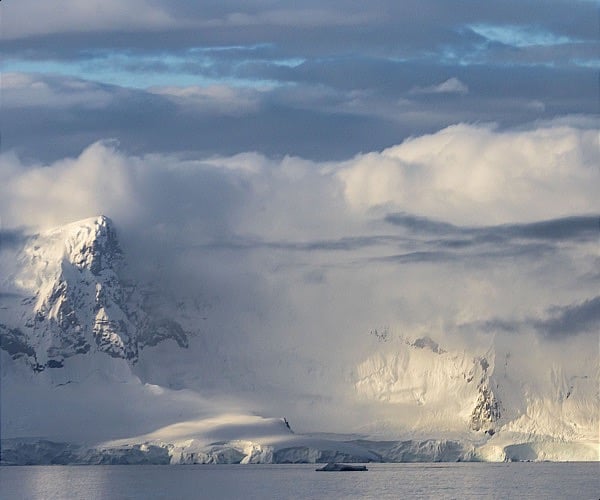
First up is of course the Antarctic Peninsula. While Antarctica is much larger than Europe, there’s only a small area that is mostly visited by expedition cruises and that’s the western area around the peninsula which is closest to South-America. Imagine a winter wonderland without plants and any form of building, but created in such a way that your jaw will drop every time the scenery changes. For me it was the size of everything that took my breath away with layers of snow literally being built up throughout the centuries and creating a landscape that felt like it you were sailing through a giant cotton candy floss. There are the occasional research stations yet none of them are changing anything to the landscape.
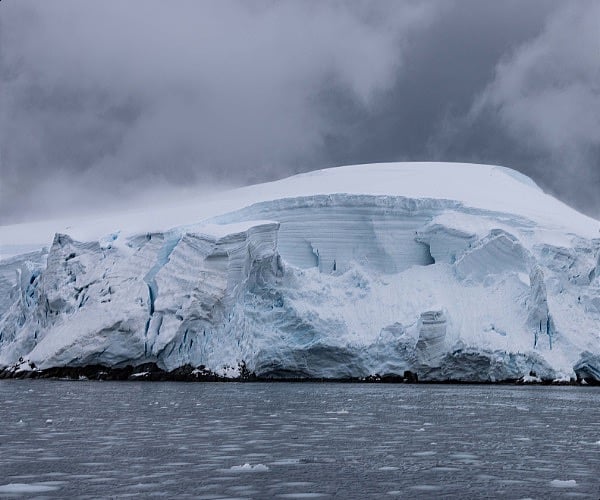
The Weddell Sea is a place which isn’t often on the itinerary of many ships, mainly because it is known for its huge icebergs and not every vessel is capable of dealing with those. The landscape is very similar to the peninsula and logically so as it is located on the east side of it. The icebergs are mostly coming for the massive ice shelf that is located in the south of the Weddell Sea. One thing that truly stands out about this place is the clarity of the water. We might think that tropical waters around Fiji or the Maldives have some clear water but over here it’s at a completely different level! Scientists agreed that it is the clearest water in the world, equal to distilled water. You have to see it to believe it.
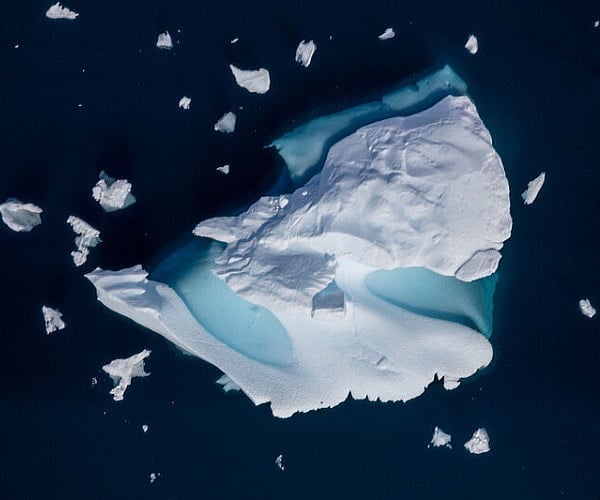
Lastly there’s the South Shetland Islands which are located just north of the peninsula. It’s from these islands that the early explorers got a first glimpse of mainland Antarctica. Many expedition ships visit Deception Island, one of the unique places in the area. It’s actually an giant active volcano which lies mostly submerged under water and through a narrow entrance called Neptune’s Bellows ships are able to sail inside the crater. There’s an amazing historical whaling station directly to your right when you enter Deception Island but the beautiful landscape in general is amazing to watch. There’s less snow than what you’ll see on the peninsula but that’s a given due to its volcanic nature. There are other islands to visit too of course, but Deception Island is just the perfect one-stop place for expeditions because it has so much to offer, both thanks to its history and landscape but also the wildlife that is abundant over here.
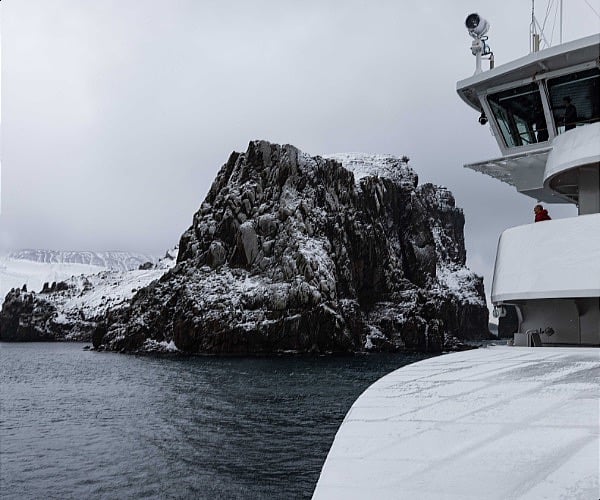
Wildlife
I can hear you thinking out loud :”So what about the wildlife?” and believe me….you’ll see loads of it and in every area I mentioned earlier! There is literally no limit to the amount of animals you’ll encounter, but nothing is set in stone of course. This isn’t a zoo where you know what you’ll see and more importantly where. Over here it’s all about luck and a good crew can certainly influence it. Anthony, our amazing expedition leader was great with finding the right landing spots or to do a zodiac cruise to spot some wildlife. The captain’s role in all of this is equally important. For example we were very fortunate to have a pod of orcas swimming next to our ship and the captain instantly slowed down the SH Vega and in the end we spent about an hour with the orcas thanks to some nifty manoeuvring.
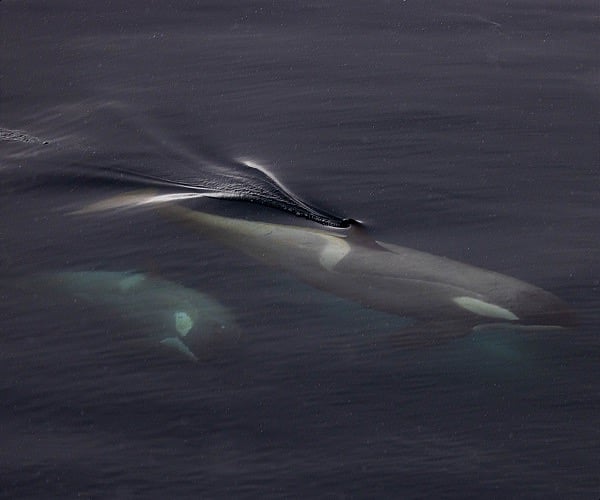
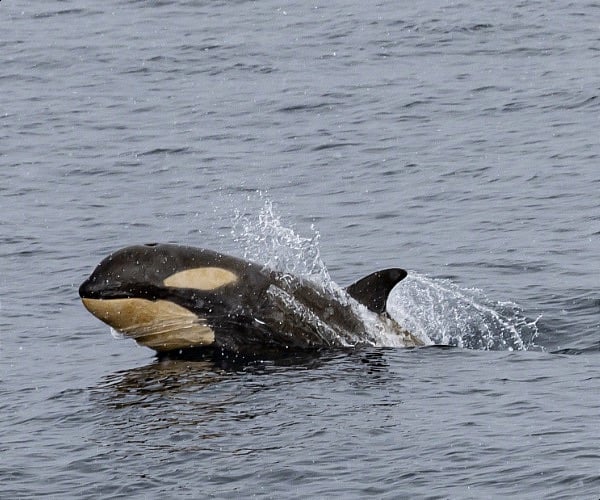
While we were very lucky with the orcas, we were equally greeted by countless whales which would pop up at the most random times which often creates funny moments, especially during dinner times when all of a sudden you see an empty restaurant filled with plates full of food while all the guests are outside trying to enjoy the moment and catch a glimpse of these amazing creatures. Antarctica is like a massive drive-in for whales as they come and eat over here thanks to the krill. Even in the Drake Passage we spotted a few so you can surely expect to see them throughout your journey.
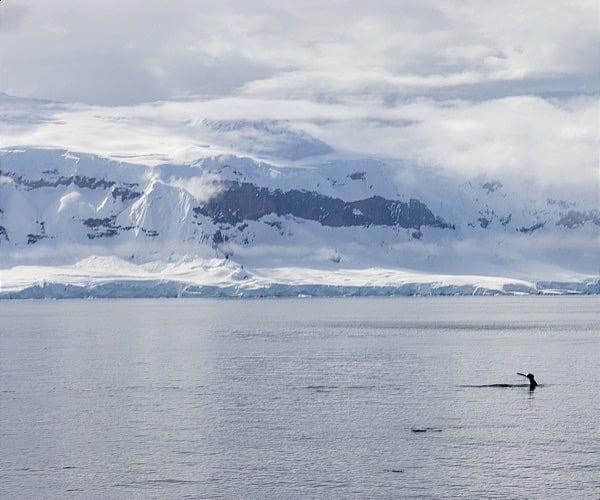
Penguins are another animal species which you’re guaranteed to see, especially the gentoo and chinstrap ones. These cute birds are often just resting on one of the many icebergs or swimming by while they are looking for food. When you visit a colony you’ll instantly smell them thanks to the massive amounts of guano (yes, that’s the number 2 if your penny didn’t drop yet) which leaves red marks everywhere. It’s also the same guano that often indicates the highways they make and use between their nest and the water. But the smell is quickly forgotten when you see these adorable creatures walk up and down in a rather clumsy way, not to mention their chicks which, depending on the timing, are still covered in their warm fluffy feathers.
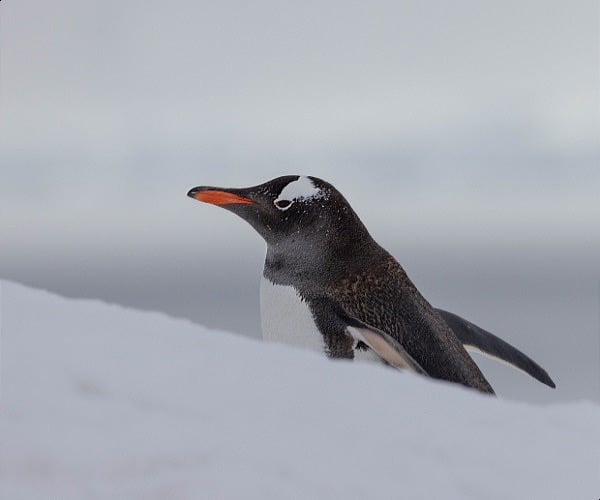
IMPORTANT NOTICE:
If you are reading this article anywhere other than on A Luxury Travel Blog, then the chances are that this content has been stolen without permission.
Please make a note of the web address above and contact A Luxury Travel Blog to advise them of this issue.
Thank you for your help in combatting content theft.
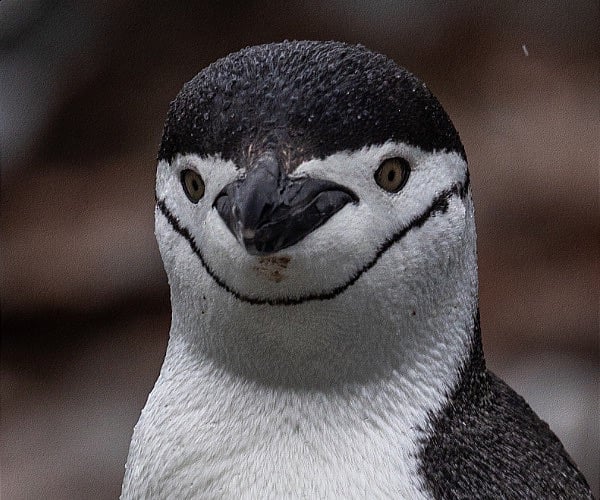
Another certainty is the fact that you’ll see loads of seals. Just like the penguins they’re often spotted on a piece of ice, slowly drifting by while taking a nap. During landings you’ll not only see them but equally hear them as they can make quite some noise. Fur seals, weddell seals, crab eater seals,….you name it, they are all here and ready to pose for that money shot. If you’re lucky you might even see them hunt in the water, which is certainly a unique spectacle.
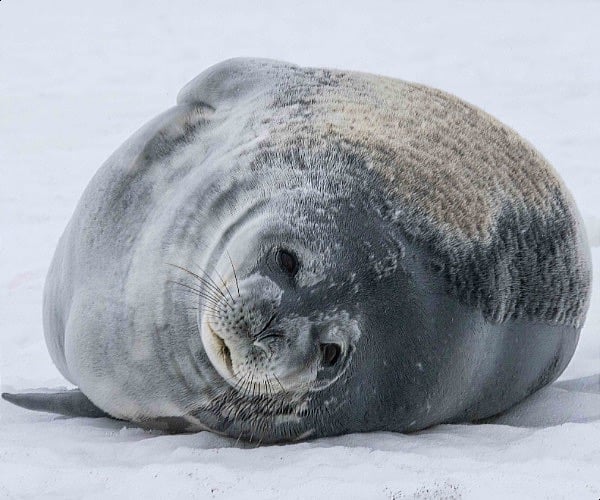
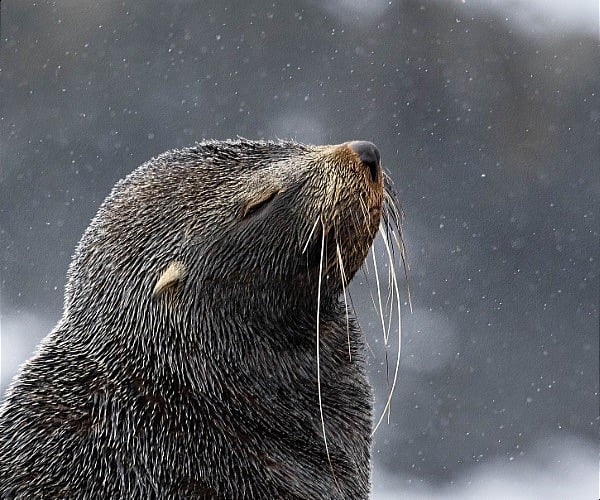
Any birders among you? If so, you better start packing as there are many species to be found in and around Antarctica which are often harder or even impossible to spot anywhere else. Of course there are the obvious penguins, but also loads of skua’s, petrels and albatrosses to name just a few.
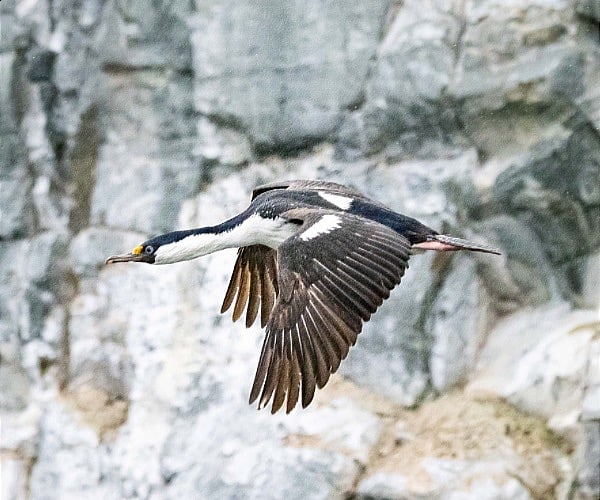
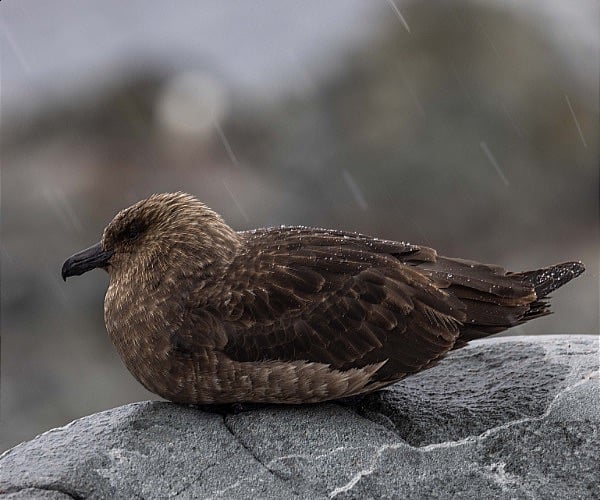
No matter what, you’ll be taken aback about all the animals you’ll encounter and because so many are unique to this region it’s often the first time you’ll see them. And even if it’s the 82937th time you see a whale gracefully swim by, it remains something special and that goes for all the animals in Antarctica.
Activities
The main activity is of course the landings on Antarctic soil, and the crew will do their utter best to provide the guests with as many landings as possible. The anticipation always builds when you head down to basecamp where you gear up and board the zodiacs. Those zodiacs by the way are really stable and many fear it’s not easy to get in and out but the crew is well trained and used to these environments which allows them to know exactly how to get you on board in a very practical and easy way. Once you reached land there are strict guidelines as to where you can go and which distance you need to keep from the wildlife that you might encounter. The team will also create a route which is highlighted with small red flags in order for you to know where you can go and when to stop. Don’t worry though, the expedition team members are also scattered around each landing in order to provide guidance and give you extra information about the animals you’re watching at that very moment.
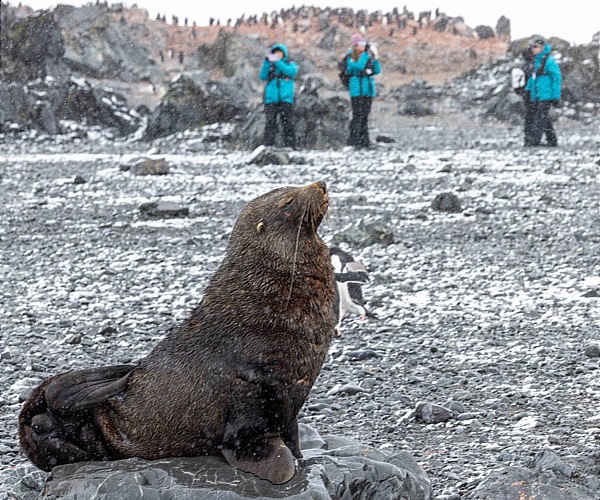
Sometimes it isn’t possible to make a landing due to different kinds of reasons like ice blocking the landing spot or waves being too high. But that doesn’t mean you can’t go out on a zodiac cruise which is equally impressive. It allows you to get a closer look at areas you would not be able to reach on foot and regularly there are penguins, seals or even whales passing you by just meters away, truly breathtaking!
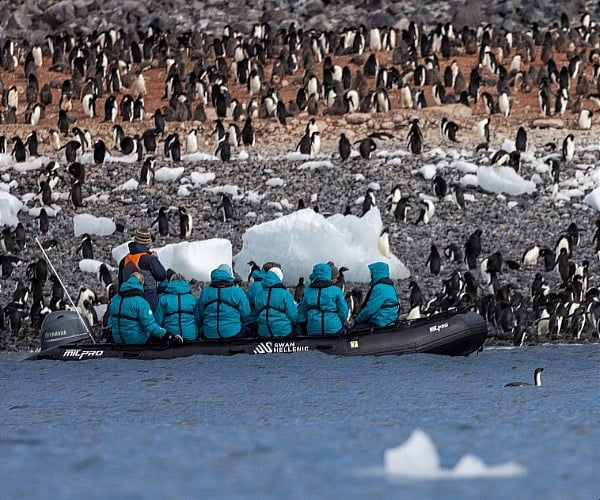
Antarctica is a place where you can enjoy some very unique experiences, not only when it comes to wildlife or landscapes, but also physical challenges of which the polar plunge is the best known. Most expedition cruise lines offer these as a fun opportunity to truly expose yourself to the elements of the polar region, and Swan Hellenic is no different. We were lucky enough to have our “little swim” in the Weddell Sea, allowing us to dive in the clearest water on this planet. For those who are hesitant of diving into the freezing water (yes, the temperature is usually right below zero degrees) I would suggest to look at the reactions from the other guests that just experienced it. The smile on their face, the happiness of having this opportunity, the proud expressions… will all stimulate you to take the plunge too. If there’s ever a yolo moment in your life, this is it!
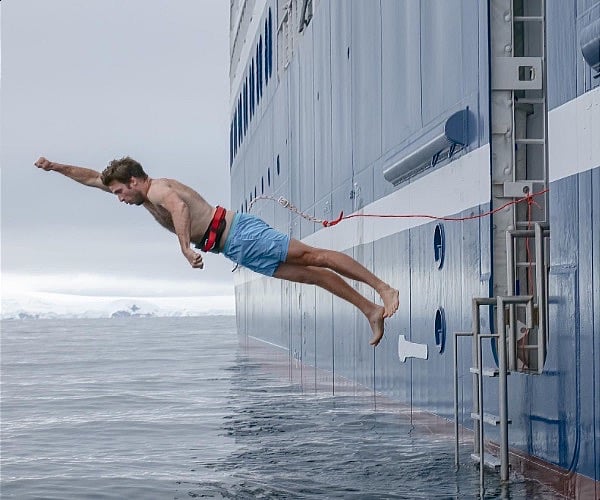
Rather stay dry but still want to get the sense like you’ve been in the water? Then kayaking might be the perfect solution for you. Mind you, it is of course weather depending cause safety is pivotal and if the conditions aren’t good enough the crew will not head out. During our expedition we were having a lot of wind, resulting in very choppy water which is far from ideal for kayaking. Nonetheless the team used every weather window available to get groups out to experience Antarctica while peddling in a kayak and it’s truly a different feeling all together. Slowly passing huge icebergs, wildlife that comes really close, no noise from any zodiac engine, just you and nature. Pure bliss!
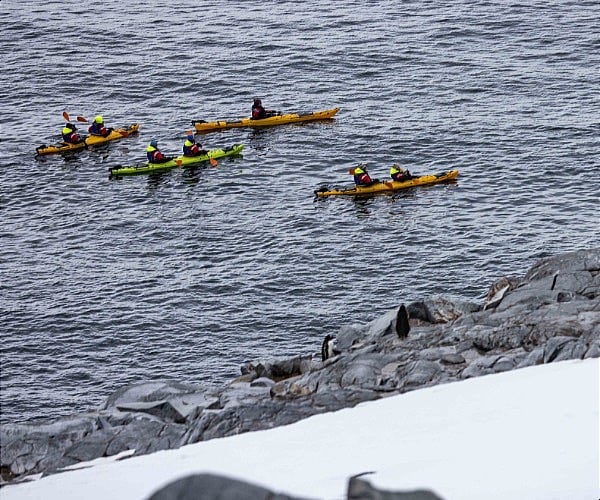
How does a typical day on an expedition cruise look like
Every day is different and while the team always plans the day ahead, it often happens that alterations are made on the fly. Why? Because this is Antarctica and nothing is certain. Being flexible is the aim of the game and also adds to the overall feeling that anything and everything could happen at any given moment.
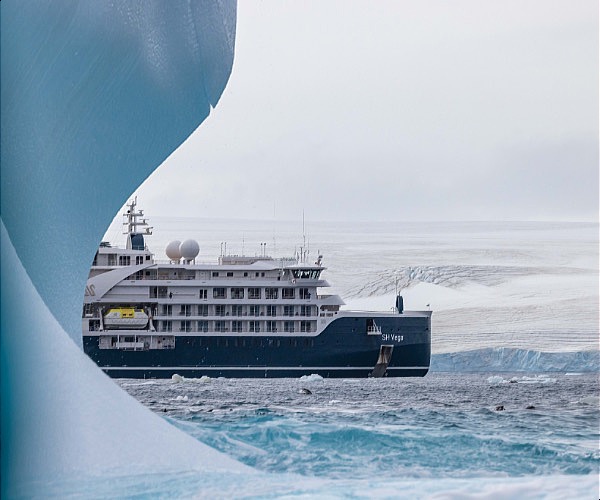
The plan for the day is mostly given the evening before during the expedition briefing. On Swan Hellenic this is the time where everybody gathers in the observation lounge, grabs a nice drink and settles in to listen to the expedition leader who will do a recap of the day and briefs us on what the plan is for the following 24 hours.
Usually you will have a landing in the morning right after breakfast. As mentioned before, the SH Vega only carries a maximum of 152 guests, which allows you much more time ashore. We rarely had less than 2 hours to discover a new landing site, which is truly a luxury that can’t be underestimated. After that you return to the ship and depending on the time you might want to quickly work out in the gym, take a dip in the heated pool or doze in one of the countless sofas while you sail to your following point of interest. Mind you, there’s always a chance to see some whales, orcas, seals or penguins along the way and if it’s a really good sighting the crew will even announce it over the intercom.
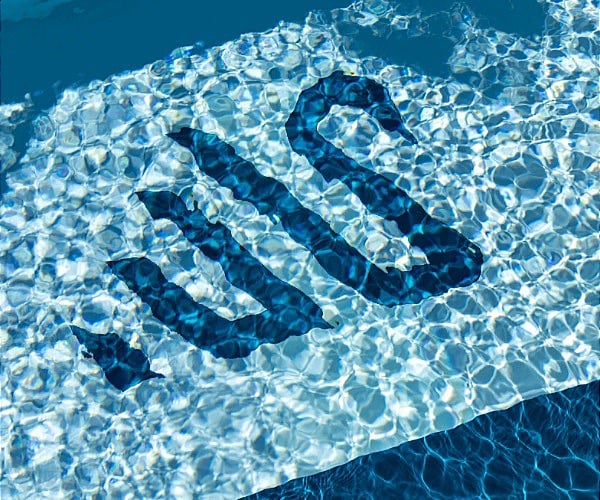
Lunch is an affair not to be missed of course and by then you’ll probable also know when the afternoon landing will be. This allows you to take your time and truly enjoy the whole experience on board. Once you’ve done the second landing of the day and you settled back in on the ship it’s time for the recap and briefing. It’s a great moment to gather and talk about your experience of the day with fellow guests. You can also feel the anticipation in the room when they reveal the plan for the following day. It’s almost like Christmas Eve but on a daily basis, where you know the following day will be amazing but you don’t know yet how exactly it is going to unfold.
Dinner time gives you the chance to meet new people, but equally to get to know the expedition crew better as they will mingle among the guests and have loads of stories to tell. A great way to bond with people that even after countless visits to this part of the world still share the same enthusiasm as you do.
After dinner there are several options. We once had a cocktail party on the outdoor deck while slowly sailing through a stunning channel adorned with icebergs, glaciers and so on. Thanks to daylight that is out almost the whole day it is also possible to do a landing after dinner. If there’s no more activity planned from the crew you’ll see many fellow guests heading to the bar and lounge area to relax a bit and chat the evening away. Because the days are long it’s also not unusual to see many heading back to their stateroom to get some well deserved shut-eye while enjoying the crackling sound of the fireplace in their room.
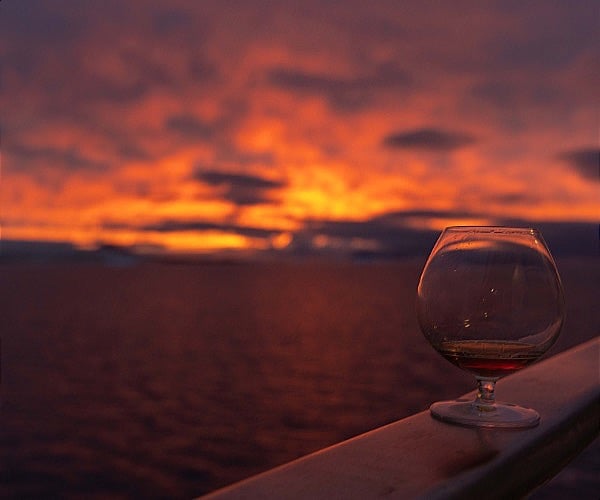
Weather
Another thing you can’t predict or plan in Antarctica is the weather. While you will be visiting the 7th continent during late spring, summer or early autumn, there’s always a chance you’ll get all the seasons in one day. So prepare yourself for all types of weather and use layers as it’s the easiest to adapt to any situation and weather change. The parka which Swan Hellenic gives you at the beginning of the trip surely helps to keep you warm and dry, no matter the circumstances.
I must say, it wasn’t as cold as I had anticipated, but then again that’s also a personal thing. The temperatures were around -1 to 1 degrees but it was the wind that made the difference. If the wind was there it would feel a lot colder, while without it you almost felt like it was just a crisp day in the Alps.
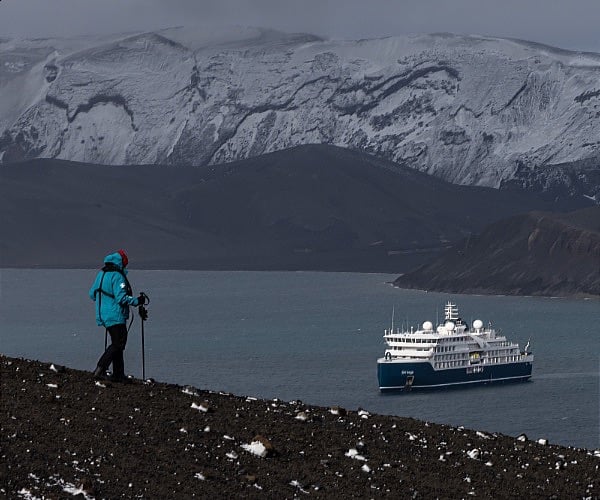
Each type of weather transforms this place into something different and it’s like a whole new world when the sun comes shining through the clouds or when the fresh snow falls and covers the landscape in a new blanket of soft white powder. You just have to enjoy every moment, irrelevant of the weather.
Should an expedition cruise to Antarctica be on your bucket list?
Simply put…YES! It’s one of the last remaining places in the world where nature is uninterrupted and where we as humans are the spectators instead of the players. No matter who you are or what life has brought you so far, discovering Antarctica will humble anyone. It’s like stepping into a time capsule where they bring you back to a place where civilisation was still unknown and the earth was taking care of itself in the most pristine and beautiful way. Being able to witness such beauty in the comfort and luxury of the Swan Hellenic Vega is just the icing on the cake.
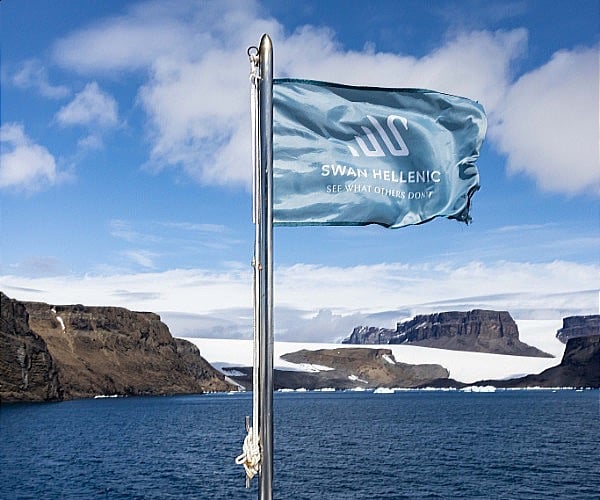
Disclosure: Our cruise was sponsored by Swan Hellenic.
Did you enjoy this article?
Receive similar content direct to your inbox.



Great cruise. Think I’ll miss out on the cold water swim as me and cold water don’t get on.
The polar plunge is indeed a challenge. Trust me, many enemies of cold water decide to jump in just because you don’t get that chance every day. Then again, others prefer to enjoy the spectacle while sipping a nice glass of wine. It’s really a personal choice but I don’t regret it and would do it again if given the chance.
This is a cruise for my wife. She’d do it just for the penguins.
Well, the penguins are certainly one of the stars of the show! They are literally all over in Antarctica and while there are other places in the world where you can see some of their family (Cape Town, Galapagos,…) they are very unique and special. If wildlife is your thing, then Antarctica will certainly blow you away!
Every time I hear the name of the Weddell Sea it reminds me of Ernest Shackleton’s disastrous but epic escape from the ice. Luckily, in the following century we’ve learnt to respect the ice. Conditions on board this ship look far more luxurious than on Shackleton’s vessel.
Absolutely! Always respect the ice! Shackleton and all the early explorers were truly brave men, especially once you experienced this harsh but beautiful continent yourself.
We are big cruise fans. So far we haven’t been interested in an Antarctic cruise as it is so far, a big cost and cold.
These two posts are beginning to make me think about changing my mind. It looks like an experience of a lifetime.
Like you I’ve done many cruises before but this was my first expedition cruise and to be honest…it was even better than what I anticipated and my expectations were high.
Yes, these cruises are more expensive but it is impossible to compare a regular cruise to this as there are so many differences. You as a passenger are so much more immersed into the whole experience and thanks to the size of the ship the feeling is even more intense.
Do it, you won’t regret it for a single moment!
This is one of the best reviews I have found that outlines everything from the bathrooms, to the animals, to the awe of the journey. Thank you so much! What dates was your cruise? I am interested in what season might allow for orca viewing.
Thank you very much for the kind words, happy to hear it is insightful. I went the second half of January but I do believe the orca’s are there most of the season.
Fantastic blog. I’m considering doing an Antarctic expedition with Swan. Which itinerary did you do?
Thanks. I did the Peninsula and Weddell Sea. While I initially wanted to do the Peninsula together with South Georgia and Falklands, I had to change my plans due to the available dates. To be honest, the Weddell Sea was really great as not many ships go there (there’s big ice floating there and not all ships have the right icebreaking capabilities) + we saw some amazing wildlife over there. Swan Hellenic is a no brainer in my opinion, as they offer amazing staterooms, smaller ships and superb expedition crews.